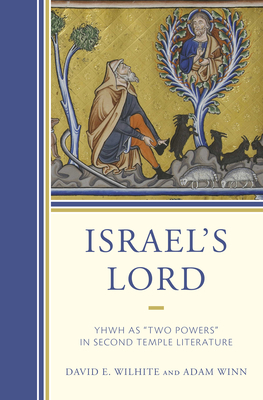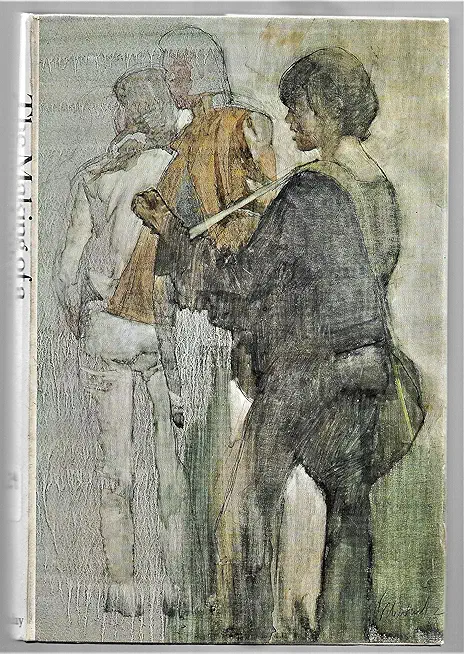
Wilhite, David E.
product information
description
wers" in Second Temple Literature addresses the nature of Jewish monotheism in Second Temple literature, advancing an argument that much of the literature reflects the existence of two powers in heaven that are both rightly understood as YHWH. To this end, Wilhite and Winn review various figures such God's Word, God's Wisdom, the Angel of the Lord, the Son of Man, and others that bear features closely associate with the God of Israel. Using criteria related to these features they argue that most, though not all, of these figures are rightly identified as the figure who appeared in Israel's scriptures and was called YHWH. Such a "two powers" paradigm is relevant for understanding early Christian commitments regarding Jesus. The debate about Jesus' divinity depends in large part on what options were available for the earliest Christians when considering his titles and status. The authors contend that with such a "two powers" paradigm available to the earliest Christians, it should inform any reading of New Testament texts and their varying depictions of Jesus as "Lord."
member goods
No member items were found under this heading.
listens & views

PIANO CONCERTOS 1
by MOZART / ZACHARIAS / LAUSANNE CHAMBER ORCHESTRA
COMPACT DISCout of stock
$19.25
Return Policy
All sales are final
Shipping
No special shipping considerations available.
Shipping fees determined at checkout.






